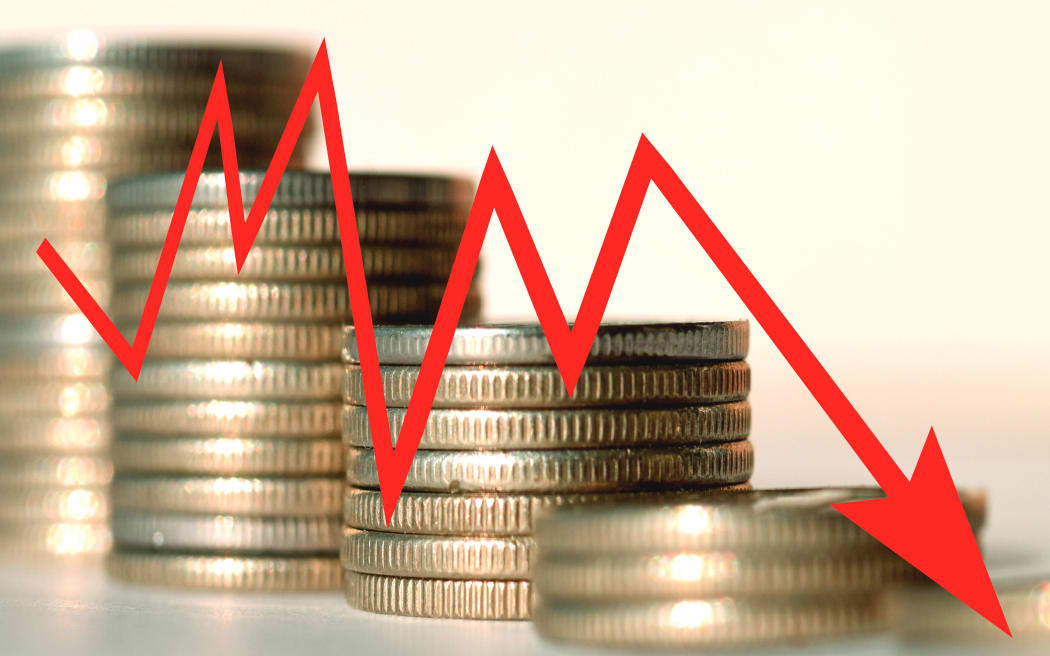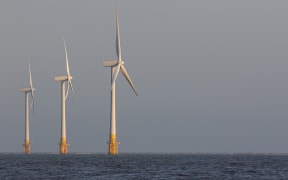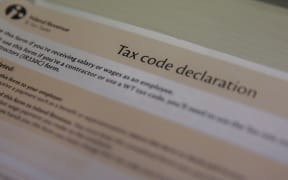
Photo: 123RF
The economy fell back into recession in the fourth quarter of last year, driven by weak consumer spending and wholesale trade.
Stats NZ data showed seasonally adjusted gross domestic product (GDP) fell 0.1 percent in the three months ended December, taking the annual growth rate to 0.6 percent.
It was the second consecutive quarter of contraction, following the previous quarter's 0.3 percent fall, meeting the technical definition of a recession.
GDP per capita decreased by 0.7 percent, on the back of higher net migration, and real gross national disposable income fell 1.4 percent.
"Wholesale trade was the largest downwards driver this quarter, led by falls in grocery and liquor wholesaling; and machinery and equipment wholesaling," Stats NZ national accounts industry and production senior manager Ruvani Ratnayake said.
Retail trade activity also fell, driven by furniture, electrical and hardware retailing, and food and beverage.
Retail trade and accommodation fell 0.9 percent, while wholesale trade fell 1.8 percent.
Stats NZ said eight out of 16 industries saw increased activity, including rental, hiring, real estate, public administration, safety and defence.
The 2023 general election led to growth in public administration, it said.
The primary sector posted growth of 0.3 percent, after shrinking in the September quarter.
Manufacturing rebounded slightly, but fell 0.4 percent, following the previous quarter's 3.6 percent fall.
Weaker than market expectations
The quarterly result was weaker than the Reserve Bank's expectations of flat (0.0 percent) growth.
ASB economist Nathaniel Keall, who pencilled in a 0.2 percent contraction, said the "prolonged manufacturing recession" was affecting the economy, along with weaker retail and wholesale activity.
"This is the fourth quarter in the last five where the economy has contracted. Since the economy peaked in September 2022, output has shrunk by a cumulative 0.7 percent or so.
"As we've consistently emphasised, this slowdown has taken place at a time when population growth into New Zealand continues to prove exceptionally strong by historical standards," he said.
Keall said headline GDP figures flattered the economic picture and "masked the underlying weakness".
"Deteriorating output in the goods-producing sectors of the economy (down 0.1 percent) again underpinned the soggy economic performance.
"Manufacturing declined another 0.4 percent (off the back of a chunky 3.6 percent fall in Q3), having now shrunk for seven of the last eight quarters," he said.
Rate cuts could come sooner
Keall said the weaker than expected economy meant the Reserve Bank may be more inclined to cut the official cash rate (OCR) sooner than the signalled mid-2025.
ASB continued to forecast OCR cuts from the second half of 2024.
"We caution that the weak growth over the past 18 months has still coincided with relatively high inflation and the supply side capacity of the economy will remain hugely material in how quickly inflation will fall from here," Keall said.
Westpac senior economist Michael Gordon said the latest GDP data suggested "slightly less need to keep monetary policy tight for an extended period".
"That said, the scale of the surprise for the RBNZ is less than we saw in the September 2023 release, which the RBNZ has tended to downplay.
"There is also a lot of water still to go under the bridge before the May Monetary Policy Statement, including the next [Quarterly Survey of Business Opinion in] early April, the March quarter CPI [mid-April] and the March quarter labour market surveys [in early May]," Gordon said.
The coalition government's first Budget in May would also be one watch for, he said.







